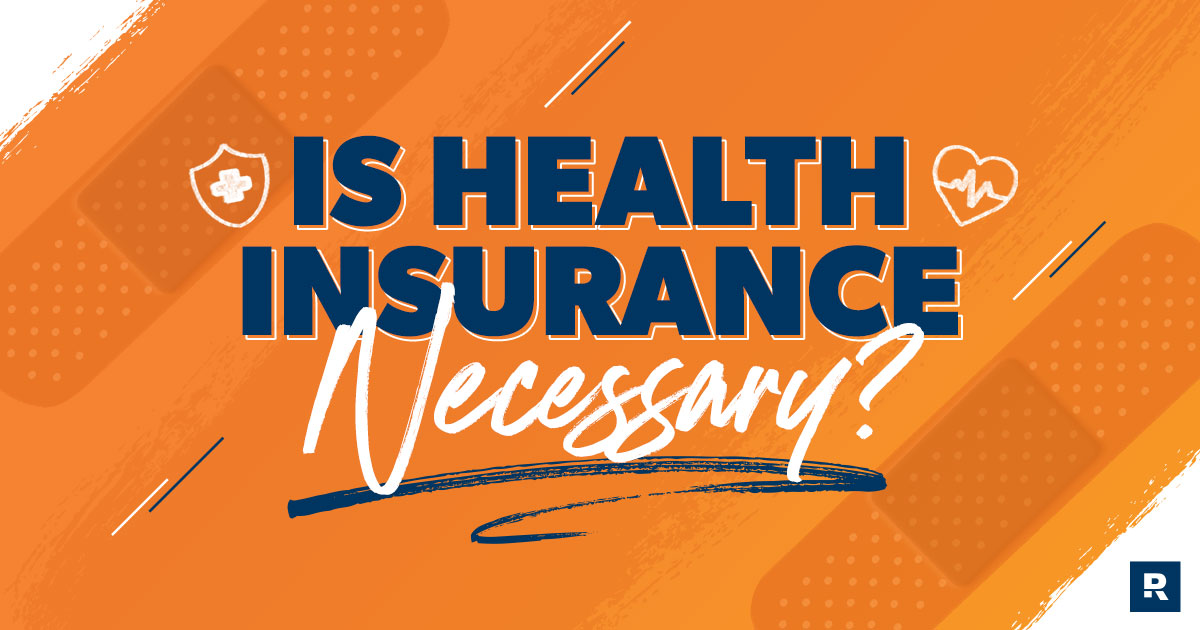Understanding the Basics: A Comprehensive Overview to Medical Insurance Options
In today's facility medical care landscape, navigating the myriad health insurance policy choices can be intimidating. A clear understanding of the numerous kinds of strategies-- such as HMO, PPO, EPO, and POS-- in addition to crucial monetary terms like deductibles, costs, and copayments, is crucial for making informed decisions - Houston health insurance. Exactly how do these components interact to form your health care experience and monetary wellness? This guide aims to demystify the detailed world of health insurance, outfitting you with the knowledge to pick a strategy that lines up with your individual healthcare requirements and economic goals.
Kinds Of Health Insurance Policy Plans
When navigating the complex landscape of health care insurance coverage, recognizing the various types of medical insurance strategies is critical. Primarily, medical insurance plans can be categorized into four main types: Health care Organization (HMO), Preferred Supplier Company (PPO), Unique Provider Organization (EPO), and Factor of Solution (POS) strategies. Each kind uses unique functions and benefits, tailored to meet diverse healthcare needs.
HMO plans require participants to pick a medical care doctor (PCP) and obtain referrals from the PCP to see specialists. This design highlights preventive care and typically restricts insurance coverage to a network of companies, which assists to regulate expenses. On the other hand, PPO strategies offer greater flexibility, allowing participants to see any kind of medical care service provider without a referral, though they incentivize making use of network providers through reduced costs.
EPO strategies combine aspects of HMO and PPO strategies, using lower expenses but requiring participants to make use of a certain supplier network without requiring recommendations. Health insurance agency in Houston. POS strategies integrate characteristics of PPOs and hmos, necessitating a PCP and recommendations while permitting out-of-network treatment at greater out-of-pocket expenses. Understanding these differences is essential for choosing a plan that lines up with individual health care preferences and demands
Understanding Premiums and Expenses
Browsing the complexities of medical insurance premiums and prices can feel overwhelming in the beginning, but acquiring a clear understanding is crucial for making informed choices. Wellness insurance premiums are the routine settlements made to maintain protection, typically billed regular monthly. Costs vary based on aspects such as the person's age, location, and kind of strategy chosen. It's critical to bear in mind that a reduced premium might not always relate to reduce total expenses, as these plans might have greater deductibles and out-of-pocket expenses.
The insurance deductible is the amount you pay prior to the insurance begins covering your medical expenditures. Plans with higher deductibles typically have lower premiums.
Recognizing these expenses can assist you estimate your possible health care expenses and pick a strategy aligning with your budget plan and healthcare demands. Examining expenses versus coverage will certainly enable you to pick a plan that offers one of the most value and defense.
Protection and Advantage Explained
Although recognizing the breadth of protection and benefits is essential in choosing the right medical insurance plan, the specifics can usually be complicated. Health insurance policy coverage commonly includes crucial health and wellness advantages such as hospitalization, outpatient treatment, emergency solutions, pregnancy and newborn treatment, mental wellness services, and prescription drugs. In addition, preventative services like testings and vaccinations are often covered without a co-payment, as mandated by the Affordable Treatment Represent compliant plans.
Each plan may vary significantly in terms of insurance coverage degrees and exclusions. It is critical to scrutinize the Recap of Conveniences and Coverage (SBC) paper, which lays out protected solutions, cost-sharing duties, and any limitations or exceptions. As an example, some plans may cover alternative therapies such as chiropractic care, while others do not.

Thoroughly analyzing the level of insurance coverage and benefits makes sure that the selected plan aligns with specific health and wellness demands and financial circumstances, providing required protection and tranquility of mind.
Browsing Supplier Networks
In the realm of health and wellness insurance policy, recognizing provider networks is essential for ensuring accessibility to favored medical services and taking care of expenses successfully. Provider networks are a collection of medical care specialists, facilities, and services that have partnered with insurance companies to deliver clinical care to insured individuals.
The type of copyright network in a wellness strategy significantly find impacts person out-of-pocket expenses and access to care. Usual network kinds include Wellness Upkeep Organizations (HMOs), Preferred Service Provider Organizations (PPOs), and Exclusive Service Provider Organizations (EPOs)
To navigate successfully, it is necessary to assess each plan's network information, making certain favored carriers and centers are included, and consider how network restrictions align with personal healthcare requirements.

Trick Terms and Meanings
Recognizing key terms and meanings in health and wellness insurance policy is crucial for making informed decisions regarding protection choices. Knowledge with these terms can assist people understand their plan records, contrast plans efficiently, and anticipate potential prices.
" Copayment" or "copay" is the fixed fee paid by the insured person for details solutions, such as physician sees or prescriptions. In addition, "coinsurance" refers to the percentage of prices that the guaranteed should pay after fulfilling the insurance deductible. Recognizing the "out-of-pocket optimum" is likewise crucial; it stands for the most a person will pay in a policy period, after which the insurer covers 100% of allowed expenses.
Additionally, terms like "network" concern the team of doctor contracted with an insurance firm to supply services at decreased prices. Ultimately, the "Description of Advantages" (EOB) is a document sent by insurers detailing what was covered, what the individual owes, and why. Mastering these terms help in browsing medical insurance landscapes successfully.

Conclusion
By straightening healthcare preferences with the appropriate plan, appropriate protection and financial protection can be guaranteed. Browsing service provider networks and comprehending insurance coverage and benefits better improve the capability to choose an optimal health the original source insurance coverage strategy.
When navigating the complex landscape of healthcare coverage, understanding the numerous types of health and wellness insurance coverage strategies is crucial. Primarily, health and wellness insurance coverage strategies can be categorized right into four main kinds: Health Upkeep Organization (HMO), Preferred Service Provider Company (PPO), Special Service Provider Organization (EPO), and Point of Service (POS) strategies.EPO plans combine components of HMO and PPO plans, supplying reduced prices however needing participants to use a specific service provider network without requiring references.Although comprehending the breadth of insurance coverage and benefits is crucial in selecting the right health and wellness insurance plan, the specifics can often be complex. Navigating copyright networks and understanding coverage and benefits even more boost the capability to select an ideal health and wellness insurance coverage strategy.